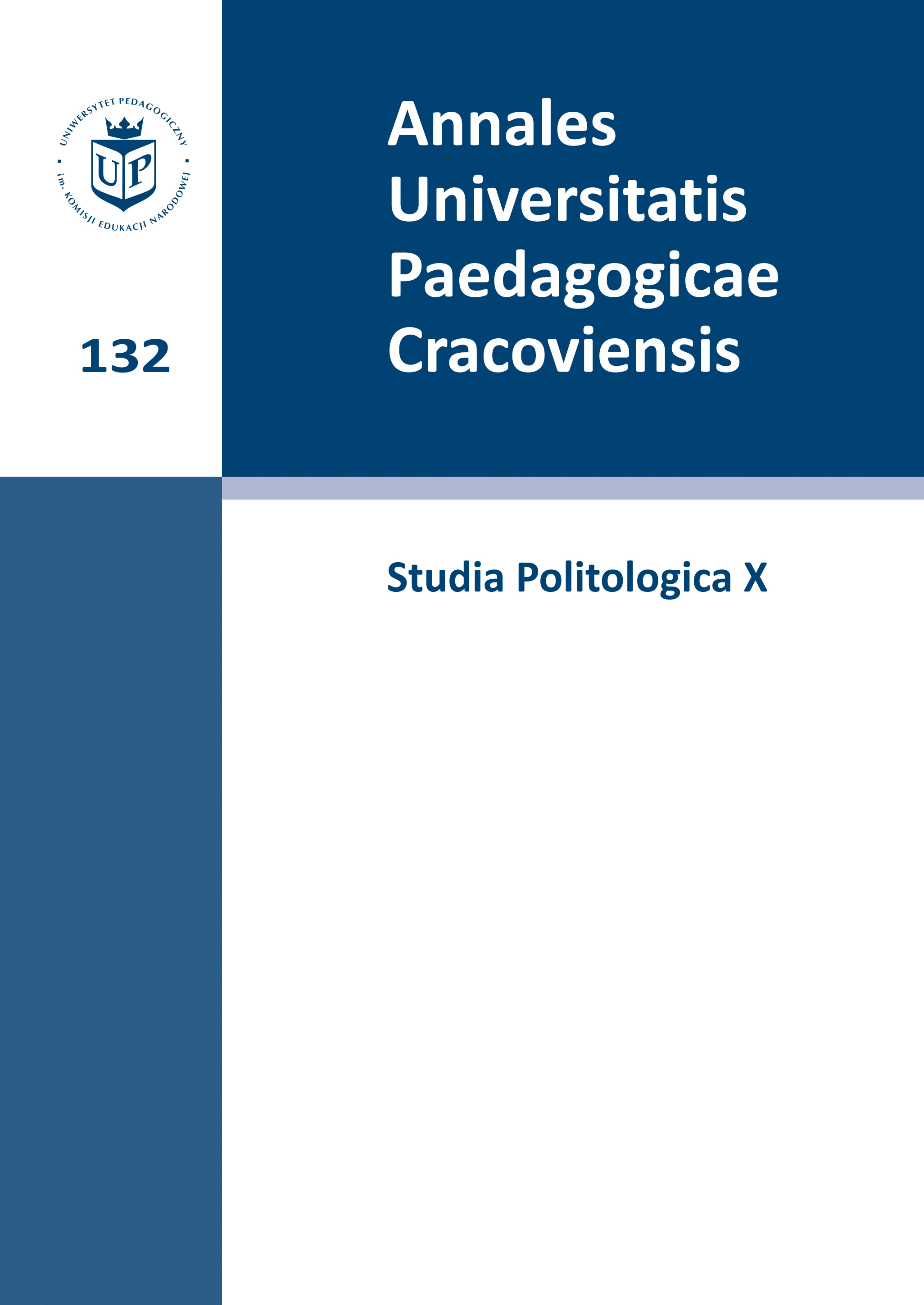Żony, matki, pracownice. Role społeczne kobiet w Polsce Ludowej w interpretacji tygodnika „Przyjaciółka” (1948–1953)
Abstrakt
The weekly magazine Przyjacoiółka, the most popular magazine for women in the People’s Poland (and then in the Polish People’s Republic), like the whole press that was published at the end of the 1940s and the beginning of the 1950s actively supported the pro-system reality. In an unambiguously positive way, it pronounced for the social, political and economic changes that were taking place in that time in Poland and in whose popularization an important role was assigned to women. In the created image of the society that was building the foundations of socialism, women had three primary roles: wives who were supporting their husbands in their professional and social duties; mothers who went to great lengths to raise their children in the spirit of patriotism and respect for the new system; and workers who diligently carried out their duties. It was highlighted that women who lived in the countryside and in the city were characterized by working diligently for the reconstruction of he country and its economic development. They improved their skills, were quickly promoted and fulfilled the daily, monthly, yearly and long-term production plans with surplus. Women were becoming leaders of work and rationalisers who exceeded the old and new norms. They took part in competition: individual, team, shift, company, and collective. Thanks to implementing innovative methods - Żandarowa’s, Korabielnikowa’s, Kolesow’s - they had very good results. They were also more frequently joining the social and political activities, strongly engaging in the consolidation of the world peace and exposition of “the real intentions of the warmongers.”Pobrania
Opublikowane
2015-08-07
Numer
Dział
Artykuły
Licencja
Redakcja przyjmuje do druku teksty oryginalne, wcześniej niepublikowane. Treść czasopisma jest dostępna na licencji Creative Commons (CC-BY-NC-ND 3.0 PL)
Licencja ta zezwala na wykorzystanie materiałów opublikowanych w czasopiśmie w celach niekomercyjnych np. komentarza, krytyki, informacji, archiwizacji, nauczania lub prowadzenia badań, z poszanowaniem aktualnie obowiązującego prawa autorskiego (ustawa z dnia 4 lutego 1994 r. o prawie autorskim i prawach pokrewnych Dz.U. 1994 nr 24 poz. 83 z poźn. zm.). Zgodnie z wymogami licencji, konieczne jest dokładne podanie źródła cytowania lub parafrazowania oraz zachowanie tekstu w oryginalnej postaci (zakaz tworzenia utworów zależnych).

